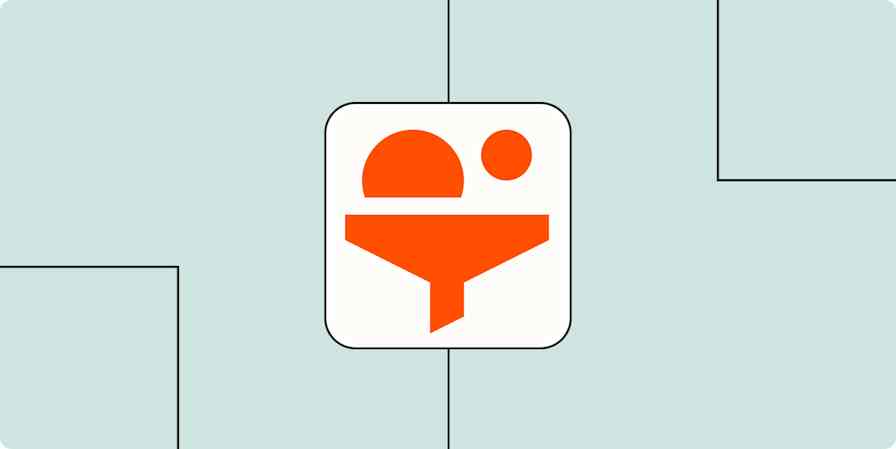Business tips
9 min readHow to build a framework for making tough decisions
At a small business, everyday decisions can be the difference between success and failure. A lack of data and resources often means there's no obvious answer.
By Slater McLean · March 15, 2021

Get productivity tips delivered straight to your inbox
We’ll email you 1-3 times per week—and never share your information.
Related articles
Improve your productivity automatically. Use Zapier to get your apps working together.







